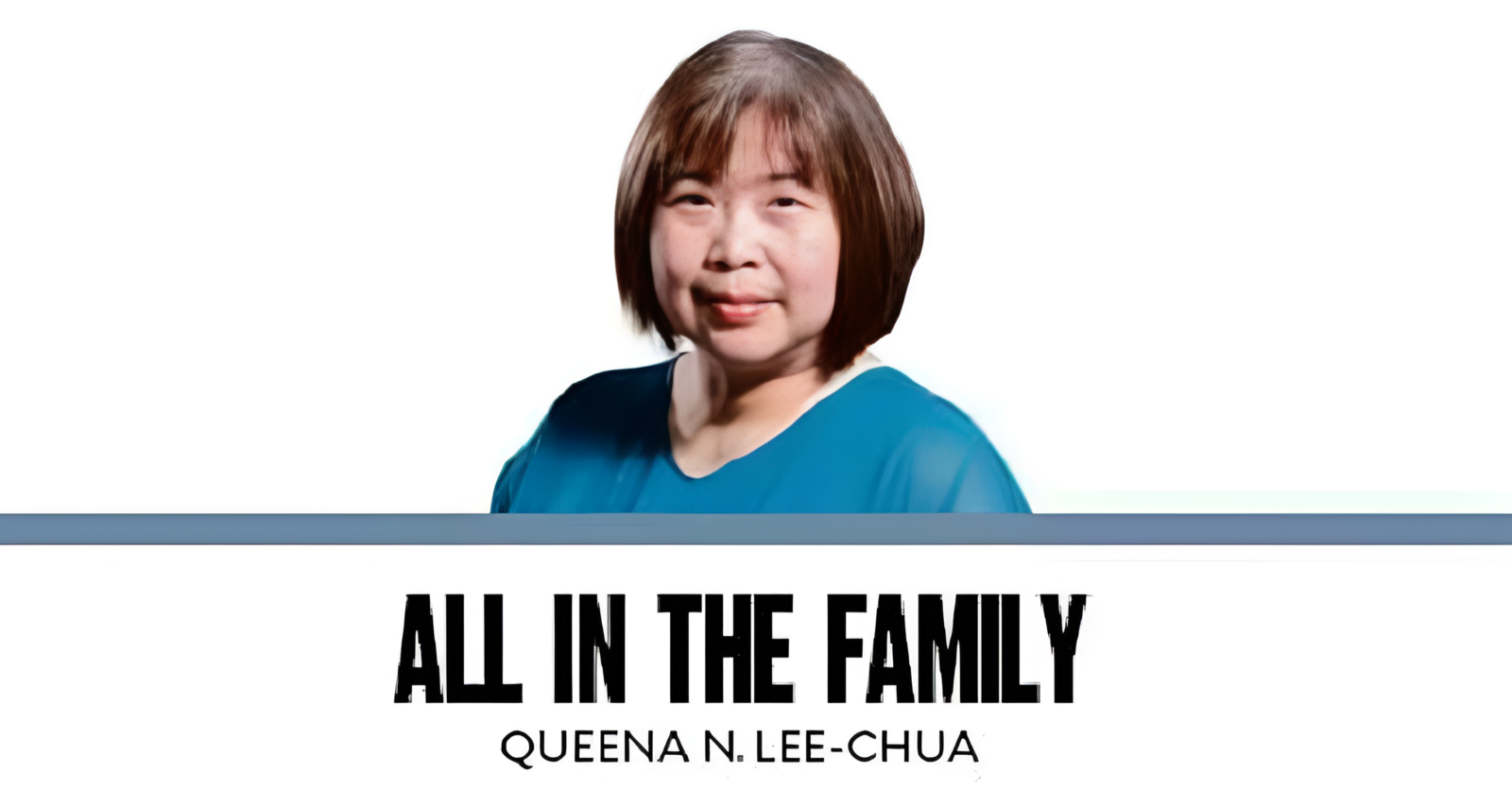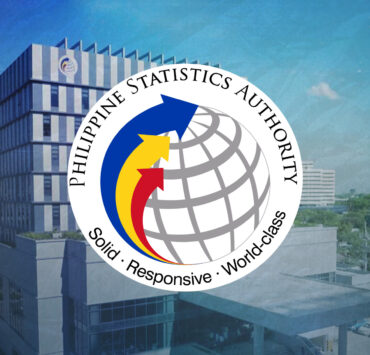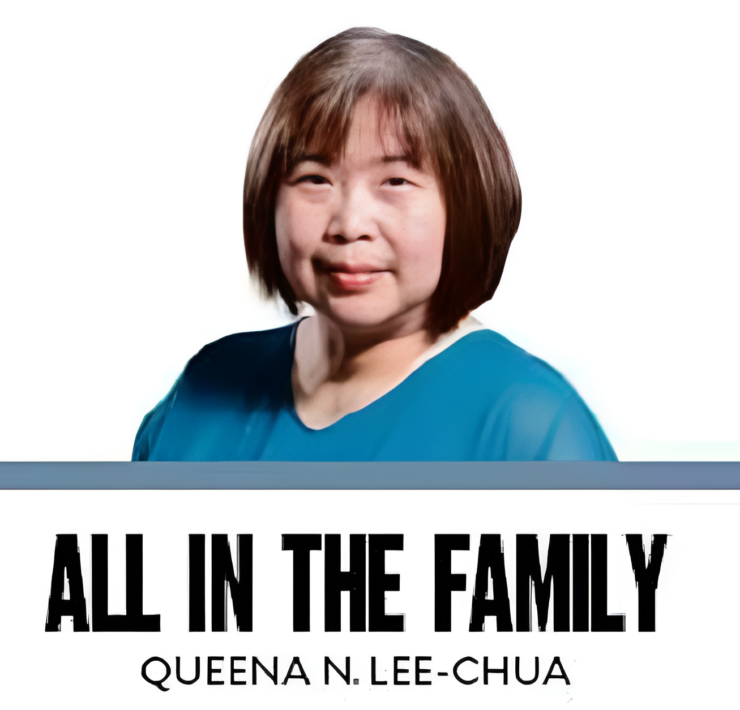Michelin-star dining

(First of three parts)
Last week, the Michelin Guide announced the restaurants chosen for the inaugural 2026 edition in the Philippines. Nine restaurants received stars—eight with one star and one with two.
Another 74 were tagged as “Selected,” and 25 designated as “Bib Gourmand,” inspectors’ personal favorites offering good value for money. All 108 establishments will appear in the guidebook.
My congratulations to the team and staff of Helm, a British, Spanish and Filipino fusion restaurant in Makati City, the only one awarded two stars this year. Two Michelin stars mean that the food is worth “making a detour” for.
The eight other one-star restaurants showcase “the breadth and evolution of the country’s dining landscape, from heartfelt homages to Filipino tradition to globally inspired menus that push creative boundaries.” Judging from the range of cuisines and enticing photos, these are well-deserved honors.
Michelin stars recognize a specific kind of culinary excellence: a skilled chef, a distinctive menu and consistently outstanding service. Unsurprisingly, these qualities often appear in higher-end establishments where maintaining such standards comes at a premium. So, it was no surprise to me that none of my family’s favorite restaurants were selected by the Guide!
But there is another factor that restricts which restaurants are even in the running for a star: their location. Some netizens have wondered why all the recognized restaurants are concentrated around two spots—the wider Metro Manila and Cebu. The reason boils down to economics.
When the Michelin Guide was first published in 1900, it was a marketing tool by the Michelin tire company to encourage motorists to drive farther—and wear out their tires faster. Over time, it evolved into a restaurant guide, awarding its first stars in 1926. Yet it took 79 years before the first US edition appeared in 2005 and two more for Japan’s in 2007—even though these feel like they have been around for much longer!
In recent years, the Michelin Guide has started partnering with country and state governments to produce new guides for those locations. In 2016, South Korea commissioned the Michelin Guide to review their country’s restaurants at a cost of over $1 million. In 2017, the Thailand tourism authority paid over $4 million for a similar edition. Even in Canada, the local governments of Toronto and Vancouver were responsible for funding the Michelin Guide’s efforts, if they wanted to be included in the guidebook. Similarly, when the Michelin inspectors began their search last February, it was in partnership with our Department of Tourism—and it was their joint decision to conduct this inaugural search specifically in “Manila and its environs, and Cebu.”
Where does the money go? We can make an educated guess. Certainly these are used to cover the considerable costs of dispatching inspectors around the world, visiting various restaurants for months. But a portion may also represent a brand premium of sorts, paid for the prestige and global visibility that come along with being part of the Michelin Guide.
From the country-partner’s point of view, the hope would be that the boost in the local F&B industry’s international profile, and the rise in culinary tourists from all over the world, make the investment worthwhile.
Tourism Secretary Christina Garcia Frasco seems to think so, as she told Business Mirror that she hopes to continue the partnership with Michelin in coming years. “We’re pitching for more destinations as possible,” she says. “Our regional cuisine is so diverse, it really deserves to be highlighted.”
So while Michelin stars are a recognition of quality, the absence of one does not reflect the opposite. Being selected, or in the running at all, depends on many factors beyond taste and quality, beyond what any one restaurateur can control. We knew that Filipino cuisine was world class even before Michelin came knocking this year—just as we know that there is so much delicious food beyond Metro Manila and Cebu.
(To be continued next week: Michelin-recognized family restaurants)
Queena N. Lee-Chua is on the Board of Directors of Ateneo’s Family Business Center. Get her print book “All in the Family Business” at Lazada or Shopee, or e-book at Amazon, Google Play, Apple iBooks. Contact the author at blessbook.chua@gmail.com.


















